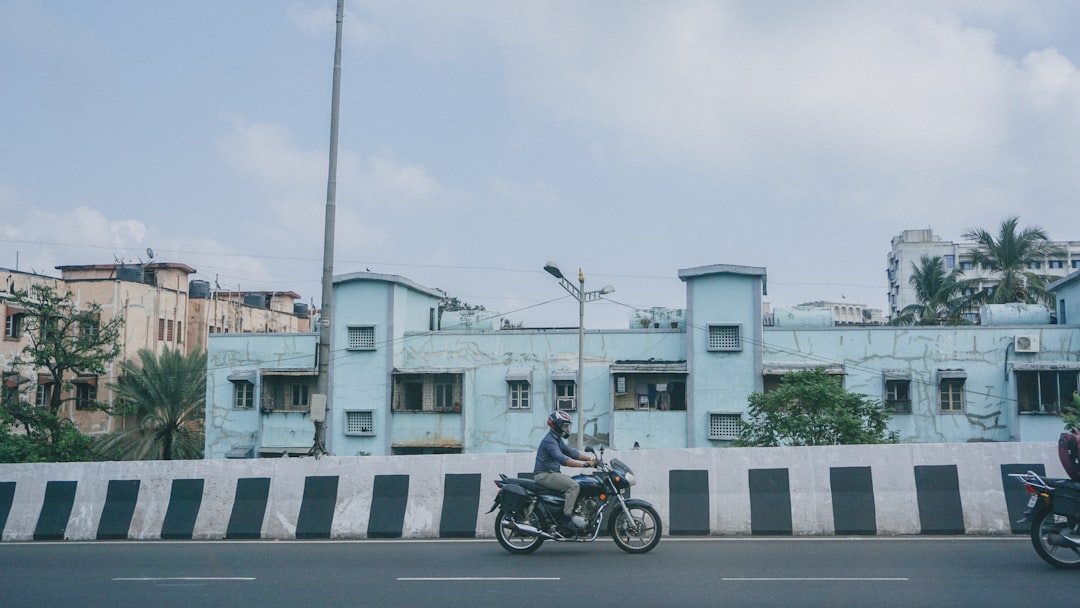In the often-heated theatre of India-Pakistan rhetoric, a statement can sometimes cut through the noise not with a bang, but with a profound and unsettling quiet. Defence Minister Rajnath Singh, speaking at a recent public gathering, delivered one such line. When queried about the future of India’s turbulent western neighbour, he responded with a simple, almost philosophical remark: “Only the Almighty knows what will happen to Pakistan.”
A Calculated Remark on a Nation in Crisis
On the surface, Rajnath Singh‘s statement is a dismissal. But beneath this veneer of divine uncertainty lies a sharp, calculated, and deeply realistic assessment of a nation teetering on a precipice. This isn’t just political speak; it’s an acknowledgment from the highest echelons of India’s security establishment that Pakistan has entered a phase of such profound polycrisis that traditional geopolitical forecasting has become a fool’s errand.
So, what is the storm that even India’s Defence Minister hesitates to predict? It’s a perfect storm, brewed in a cauldron of political instability, economic collapse, and resurgent extremism.
The Perfect Storm: Pakistan‘s Three-Fold Crisis
1. Political Chaos and a Fractured Mandate
Pakistan‘s recent general elections were meant to be a reset button, a path back to stability. Instead, they delivered a fractured mandate, allegations of widespread rigging, and a shaky coalition government that commands little public legitimacy. With former Prime Minister Imran Khan, a massively popular and polarising figure, behind bars, the country’s political landscape is a battlefield of entrenched interests, where the military establishment continues to pull the strings from behind a fraying curtain. This constant power struggle leaves no room for long-term policy or reform, only for short-term political survival.
2. The Economic Abyss
Pakistan is caught in a vicious cycle of debt and dependency. Constantly knocking on the doors of the IMF, China, and Saudi Arabia for bailouts, the country is drowning under crippling inflation that has pushed basic necessities out of reach for millions. The China-Pakistan Economic Corridor (CPEC), once touted as a game-changer, is now viewed by many as a debt trap. When a nation cannot guarantee ‘roti, kapda, makaan’ (food, clothing, shelter) for its people, the social contract begins to disintegrate, creating fertile ground for radicalism.
3. A Deepening Security Quagmire
Perhaps the most dangerous element is the security crisis. The very extremist forces that the Pakistani state once strategically nurtured are now coming back to bite. The Tehreek-e-Taliban Pakistan (TTP) is resurgent, launching devastating attacks on security forces with alarming frequency. The border with Afghanistan is a tinderbox, and the Balochistan insurgency continues to simmer. The state’s writ is weakening, creating ungoverned spaces that pose a direct threat not only to Pakistan itself but to the entire region.
India’s Vigilant Watch
For India, this uncertainty is a matter of grave national security. Rajnath Singh’s statement reflects New Delhi’s policy of vigilant observation. An unstable, nuclear-armed neighbour with a history of using terrorism as state policy is a nightmare scenario. While India focuses on its own economic trajectory, aiming for a $5 trillion economy, it must keep a wary eye on the implosion next door. A complete collapse could trigger a refugee crisis, embolden terror outfits, and create a vacuum that hostile powers could exploit.
Rajnath Singh’s words were not a prayer, but a prognosis. He articulated what many strategists have been thinking: Pakistan‘s future is no longer a linear path that can be mapped. It is a chaotic, unpredictable vortex. While the Almighty may indeed hold the script for Pakistan‘s destiny, India’s policy is clear—to fortify its borders, strengthen its capabilities, and remain prepared for any eventuality.




